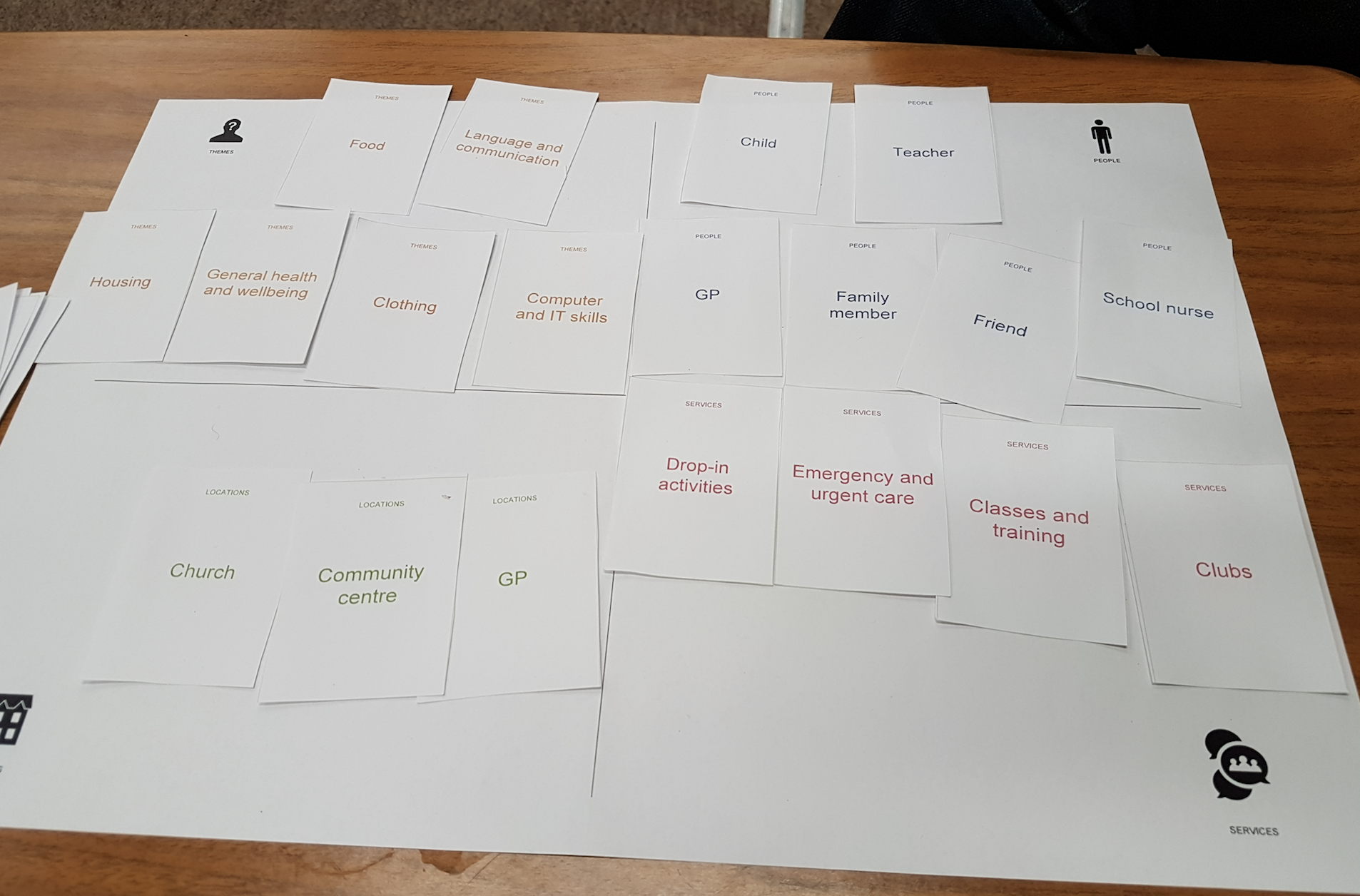Interviewing is one of most effective methods of drawing insights from users. By engaging in these valuable sessions, we’re able to begin uncovering what our users are thinking, what they’re feeling, their pain points, their current experiences, validate (or invalidate) our thinking and so much more. Each interview can bring a bounty of insights.
Although, not every interviewing situation is the same. Whereas some people may be fully open to sharing their experiences and feelings, you could be faced with exploring an area which requires a great level of sensitivity and awareness:
- Physical and mental trauma
- Fixed penalty notices
- Domestic violence and abuse
- Money management and debt issues
- Sexual health
These challenging situations can drive a wide range of emotions, including:
- Fear
- Shame
- Frustration
- Embarrassment
- Anger
Focusing on creating a positive interviewing experience can make or break the outputs that you’re looking to achieve.
#1: Define your approach
Find out who you will be interviewing and have an idea of how you will approach the interview. What is their current situation? What are they experiencing? This will help you to begin thinking about the best approach to take.

- Carry out background research — finding out as much as you can about the situation you’re exploring will help to begin building up a pre-understanding of the context around your interviewees, before you’ve even met them
- Prepare a structure — structuring a plan to stick to will help the interview flow for both you and your interviewee, ensuring you can get the most out of the session
#2: Suit your tone of voice
The language used and the way it’s used it are both very important.

- Be human — using warm, friendly and open language can make your interviewee feel more relaxed
- Speak in simple sentences — keeping questions short, simple and to the point will ensure that your interviewees understand the topic and the question you’re looking for them to answer
- Give time — allow your interviewee time to think and formulate their answer, avoiding rushing in to fill any (what may feel like awkward) silences
#3: Build rapport
For many people, speaking to someone unfamiliar can feel daunting, especially when the conversation involves a personal subject. It’s important to make your interviewee feel comfortable from the very beginning. Making someone feel at ease can help them to relax and hopefully speak openly about their experiences:

- Start with a conversation — get to know a bit about your interviewee before starting the interview, chat about the weather or something you may have in common
- Be aware of your body language — be warm, open and keep your arms uncrossed
- Show respect — being impartial and not expressing any judgement
- Give thanks — your interviewee is giving up some of their time to help
#4: Provide a safe and welcoming space
It can be difficult for some people to open up in a public space. Crowded places with many listening ears can have a huge impact on the level of detail of the interview that you’re aiming to achieve. Even worse, people may not be willing to participate at all.

- Find a private room — book a room somewhere near to where you’re carrying out your research to schedule your interviews on a one-to-one basis
- ‘Do not disturb’ — let your interviewee know it’s just you and them, placing a sign on the door to alert the outside world to not disturb
- Make the room comfortable — think about how you are seated in relation to your interviewee, sitting next to one another rather than opposite can feel less like an interview and more like a conversation
#5: Use prompts
Not everyone is able to express themselves during a conversation, particularly when it comes to thinking about the issues that are affecting them. Language can also be a barrier, affecting an interviewee’s ability, or even confidence, to talk about about a subject, so think about using some prompts to help you along the way.

- Use visual prompts — cards or statements with images can be a very helpful way to understand views without detailed explanation, also helping to get a conversation started without asking a direct question
- Use relevant props — your interviewee may be able to express themselves more effectively by referring to items from the process you are interviewing them about (this could include a letter they have received, allowing them to point out what is concerning them)
Not every interviewing situation is the same, but these are just five elements to consider applying to ensure you’re able to make your interviews as valuable as possible.

